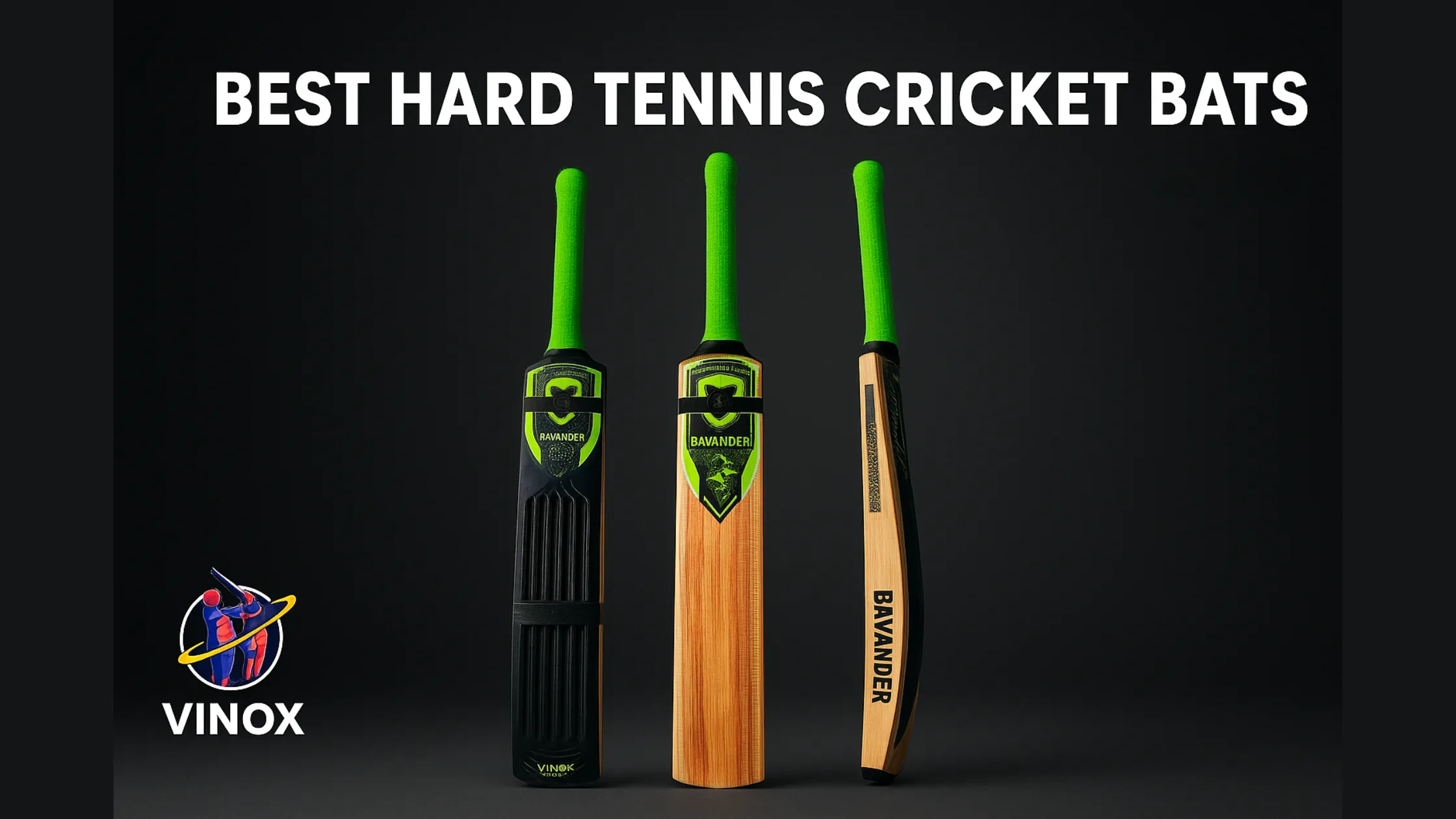Olympics 2028 Preview: Why Cricket’s Inclusion is a Game Changer
For the first time in 128 years, cricket will return to the Olympic Games, making its much-anticipated comeback at the Los Angeles 2028 Olympics. With billions of passionate fans across South Asia, Australia, the UK, and beyond, this inclusion is more than just symbolic—it’s revolutionary. This Olympics 2028 Preview highlights why the return of cricket marks a historic shift in the sporting landscape.
In this blog, we break down why cricket in Olympics 2028 is a game-changing moment, how countries are preparing, and what this could mean for the sport’s global growth.
Practice a cricket match with vinox sports cricket bats
🥇 A Brief History of Cricket in the Olympics
Before we dive into the future, let’s rewind a bit. Cricket was last played at the 1900 Paris Olympics between only two countries—Great Britain and France. Due to low global reach at the time and logistical challenges, it was dropped.
Fast forward to 2028, the International Olympic Committee (IOC), in collaboration with the International Cricket Council (ICC), has approved T20 cricket as a medal event. The short and thrilling format of T20 makes it ideal for Olympic scheduling and international appeal.
🌍 Why Cricket’s Inclusion Is a Big Deal
1. Massive Global Audience
Cricket is the second most-watched sport globally, only behind football. Events like the T20 World Cup and the IPL draw viewership numbers in the billions. Bringing this audience to the Olympics is a win-win for the IOC and the cricketing world.
2. Olympics Meets New Demographics
Including cricket opens the Olympic Games to untapped fanbases, particularly in India, Pakistan, Bangladesh, Sri Lanka, and parts of the Middle East. These nations traditionally focus on cricket over Olympic events, and this inclusion is likely to boost overall Olympic viewership and merchandise sales.
3. Boost for Associate Nations
Smaller cricketing nations like USA, Nepal, Scotland, UAE, and Namibia are already growing in T20 formats. Olympic participation could fast-track their development with more funding, government support, and infrastructure.
4. Women’s Cricket Gets Equal Spotlight
The decision to include both Men’s and Women’s T20 Cricket is monumental. With the success of the Women’s IPL and WBBL, this could lead to more gender parity in cricket and improved funding for women’s sports.
🛠️ Format and Structure of Cricket at LA 2028
While full details are yet to be officially confirmed, here’s the expected structure:
Format: T20 (20 overs per side)
Teams: Likely 6–8 top-ranked teams (Men’s and Women’s)
Duration: 10–12 days within the Olympic schedule
Venue: Existing stadiums in LA or new modular cricket grounds
Qualification: Through ICC rankings and regional qualifiers
The shorter T20 format fits perfectly within the Olympic calendar and is designed to appeal to non-traditional cricketing nations.
🇮🇳 India’s Role: BCCI’s Historic Shift
For years, the Board of Control for Cricket in India (BCCI) opposed cricket’s inclusion in the Olympics, citing revenue and autonomy concerns. But in a significant shift in 2023, BCCI officially supported the move, opening doors for Team India to participate in the Olympics for the first time ever. This shift is a huge boost for the Games, given that India alone contributes over 70% of global cricket viewership. As part of the Olympics 2028 Preview, cricket’s much-anticipated return will bring billions of passionate fans together, making the Los Angeles Games truly historic.
🏆 Top Contenders for Olympic Gold in Cricket
Here are the top teams likely to dominate the medal chase at the Olympics:
1. India
Boasting a rich pool of talent, India’s T20 squad—powered by stars like Hardik Pandya, Rinku Singh, and Shubman Gill—will be serious contenders.
2. Australia
With legendary depth and strong women’s and men’s teams, Australia is expected to shine.
3. England
The inventors of the sport and reigning white-ball champions, England’s aggressive approach will make them Olympic favorites.
4. Pakistan
Fast bowlers, big-hitters, and unpredictability—Pakistan’s flair makes them a dangerous side.
5. USA (Host Nation)
With a growing expat population and the launch of Major League Cricket, Team USA might surprise a few.
💥 What It Means for the Future of Cricket
✅ More Investment
Olympic status means cricket federations in emerging nations will receive government funding, boosting grassroots and infrastructure.
✅ Mainstream Recognition
Cricketers could finally win Olympic medals, placing them on par with legends in athletics, swimming, and gymnastics.
✅ Youth Engagement
With Olympic exposure, younger generations in new regions may pick up the bat and ball over traditional American sports.
✅ Cricket’s Chance at Globalization
While the IPL and World Cups are massive, the Olympics offer global legitimacy. Cricket’s inclusion could lead to full Olympic status in future editions, possibly with even more teams and expanded formats.
🔍 Challenges Ahead
While the outlook is optimistic, a few challenges remain:
Venue construction in non-cricketing nations
Ensuring player availability amid busy international calendars
Balancing broadcast rights and Olympic exclusivity
But with the ICC, BCCI, and IOC working together, these hurdles seem solvable.
🚀 Final Thoughts: Cricket and the Olympic Spirit
The inclusion of cricket in Olympics 2028 isn’t just a scheduling update—it’s a strategic, cultural, and sporting revolution. For fans who’ve waited decades to see cricket on the Olympic stage, it’s a dream come true. And for the sport itself, it marks a golden opportunity to transcend borders, unite nations, and inspire new generations under the Olympic torch.
So get ready, because in Los Angeles 2028, cricket won’t just be played—it’ll be remembered.





 No products in the cart.
No products in the cart.